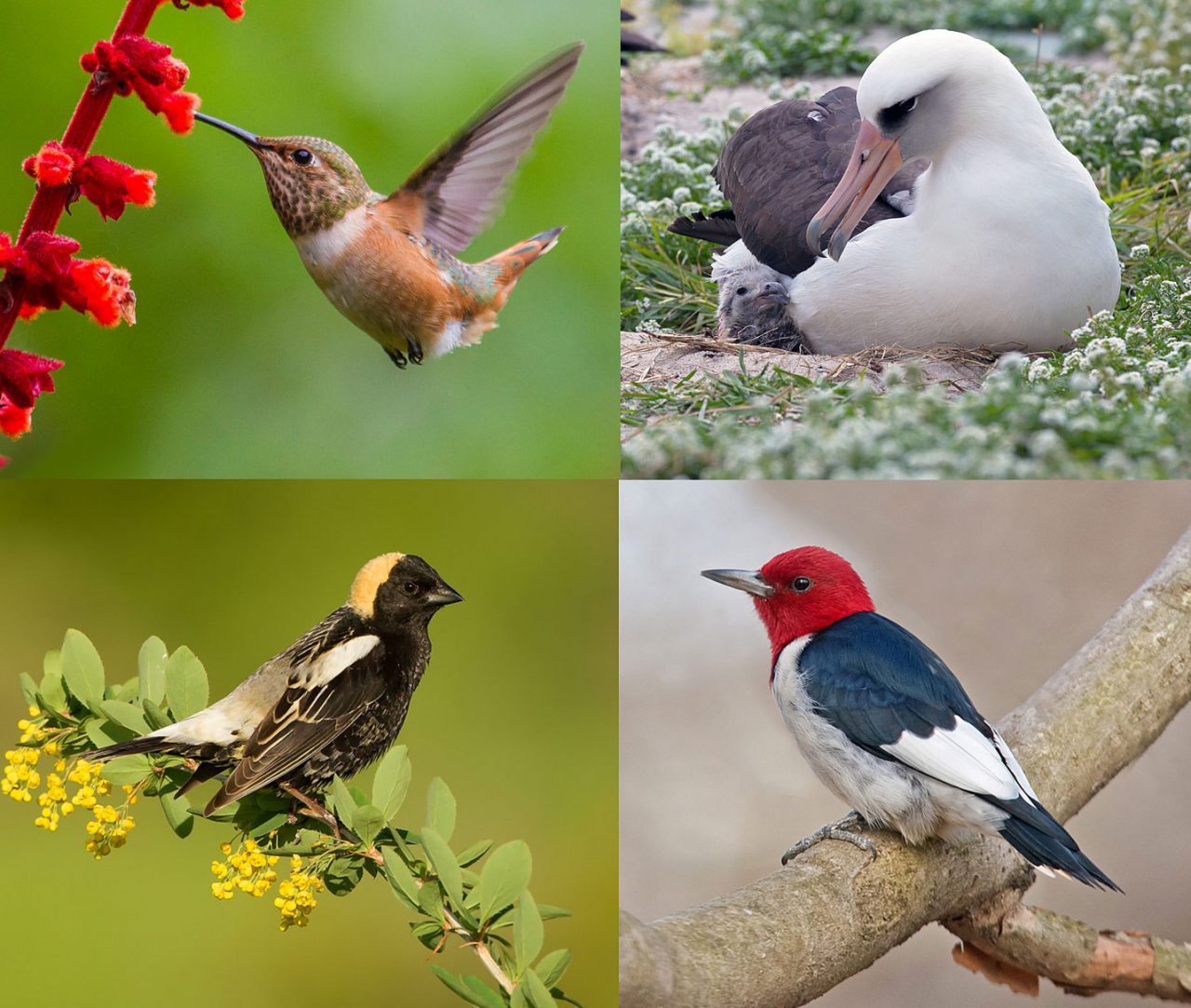State of North America’s Birds 2016: More Than One-Third in Need of Conservation Action
By Gustave Axelson
May 20, 2016





More than one-third of birds on the North American continent are in need of urgent conservation action.
That’s the headline from The State of North America’s Birds report, released Wednesday by the North American Bird Conservation Initiative at a meeting of the Trilateral Committee for Wildlife and Ecosystem Conservation and Management in Ottawa, Canada. The 432 species—ranging from from Laysan Albatross to Red-headed Woodpecker, Bobolink to Allen’s Hummingbird—are listed in the report’s Watch List, owing to troubling signs such as population loss, range reduction, and threats to habitat.
The report is based on the first-ever conservation vulnerability assessment for all 1,154 native bird species that occur in Canada, the continental United States, and Mexico.
The 2016 report identifies both troubling trends and examples where conservation action has made key differences. Among the main findings:
- More than one-third (37%) of North American bird species are of high conservation concern and at risk of extinction without significant conservation action.
- Seabirds and species that live in Mexican tropical forest habitats are most at risk, but there are high conservation concern species in every habitat.
- Nearly 20% of wetland birds are on the Watch List. Wetland loss has accelerated by 140% since 2004, according to the latest available trend data from the U.S. Fish & Wildlife Service. In part this may be the result of a decrease in support and funding for wetlands conservation over the past decade.
- Waterfowl are among the groups of birds faring relatively well, thanks in large part to the more than $4 billion generated by the North American Wetlands Conservation Act over the past two decades. NAWCA has funded conservation projects on 30 million acres of wetlands habitat in Canada, the U.S., and Mexico. However, the gains in waterfowl populations will only be sustained if wetlands conservation efforts can keep up with wetlands loss.
- More than 350 bird species are not within the jurisdiction of any one country, but travel to and through Canada, the U.S.A., and Mexico over the course of the year; the report urges the three countries of North America to continue and expand trinational collaborations on bird conservation. Canadian Prime Minister Justin Trudeau and U.S. President Barack Obama recently talked about such collaborations in a bilateral meeting in Washington, D.C., in March.
- The report urges the governments and conservation groups of Canada, the U.S., and Mexico to reinvest in the conservation model that has produced solid results—the North American wetlands and waterfowl conservation model—and to duplicate that model for landbirds, seabirds, and shorebirds.
- One possible new funding source for the conservation of nongame birds comes from a recent proposal to dedicate $1.3 billion of federal energy and minerals development revenue to the Wildlife Conservation Restoration Program.
- The report also calls on corporations (through their business operations) and citizens (through their consumer choices) to take a larger role in mitigating deforestation, development, pollution, and climate change.
- Citizen science played a key role in producing the report by citizens contributing their bird sightings to citizen-science programs such as eBird.
John Fitzpatrick, executive director of the Cornell Lab of Ornithology, notes that “This report is a superb demonstration of the power of birds, and the growing power of citizen science. Tens of thousands of Canadians, Americans, and Mexicans contributed bird sightings to help produce an unprecedented continentwide assessment of North America’s birds.
“Because birds are sensitive barometers of environmental health, I encourage leaders across our three nations, in both government and industry, to consider the findings in this report, which is based on the best available science about our bird populations. Across the continent, it is the will of the people that these species and their habitats be conserved for the future.”


All About Birds is a free resource
Available for everyone,
funded by donors like you


